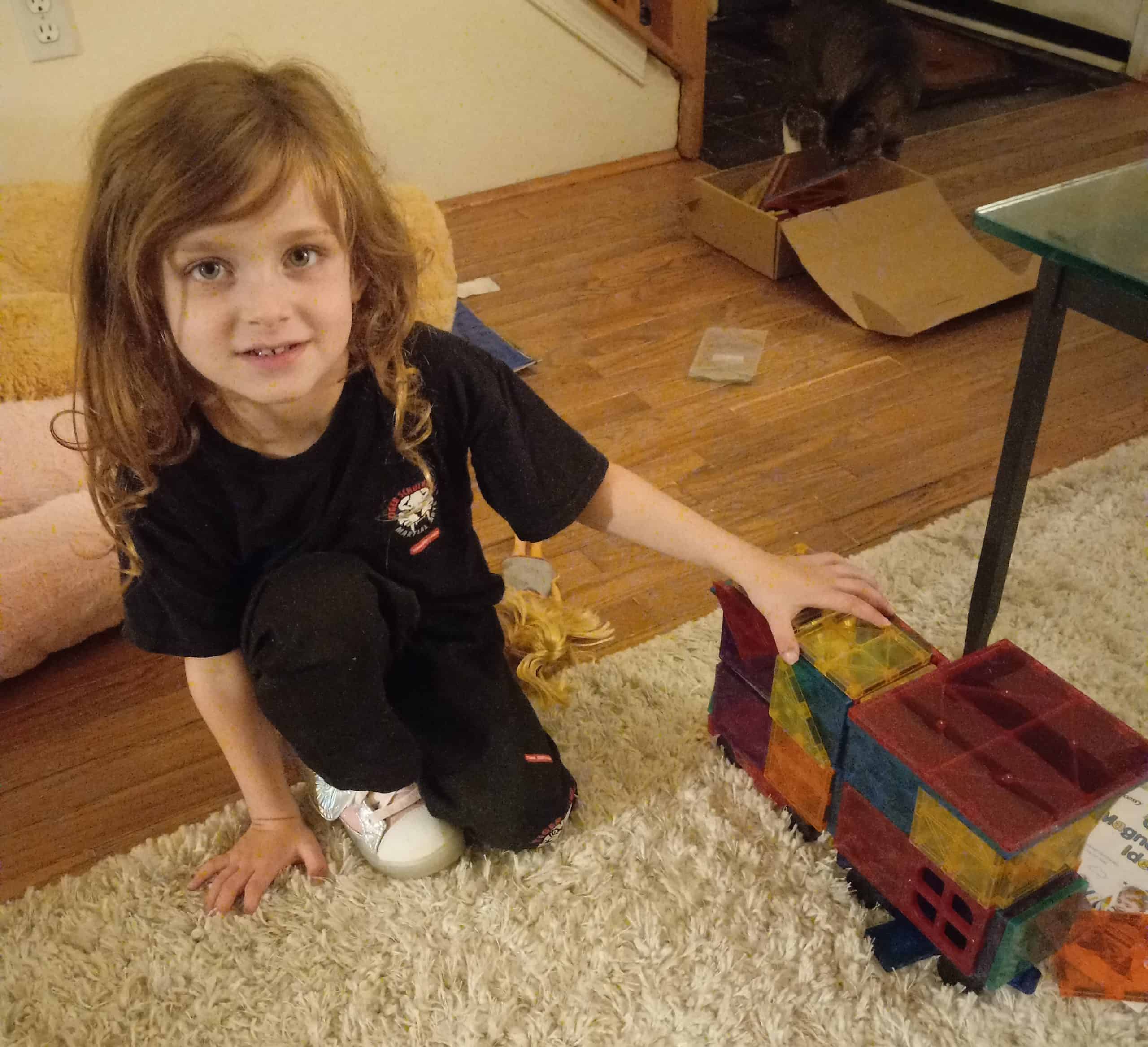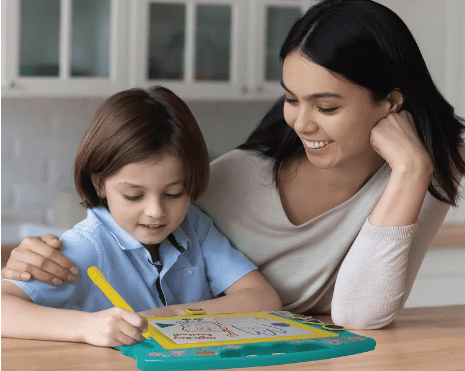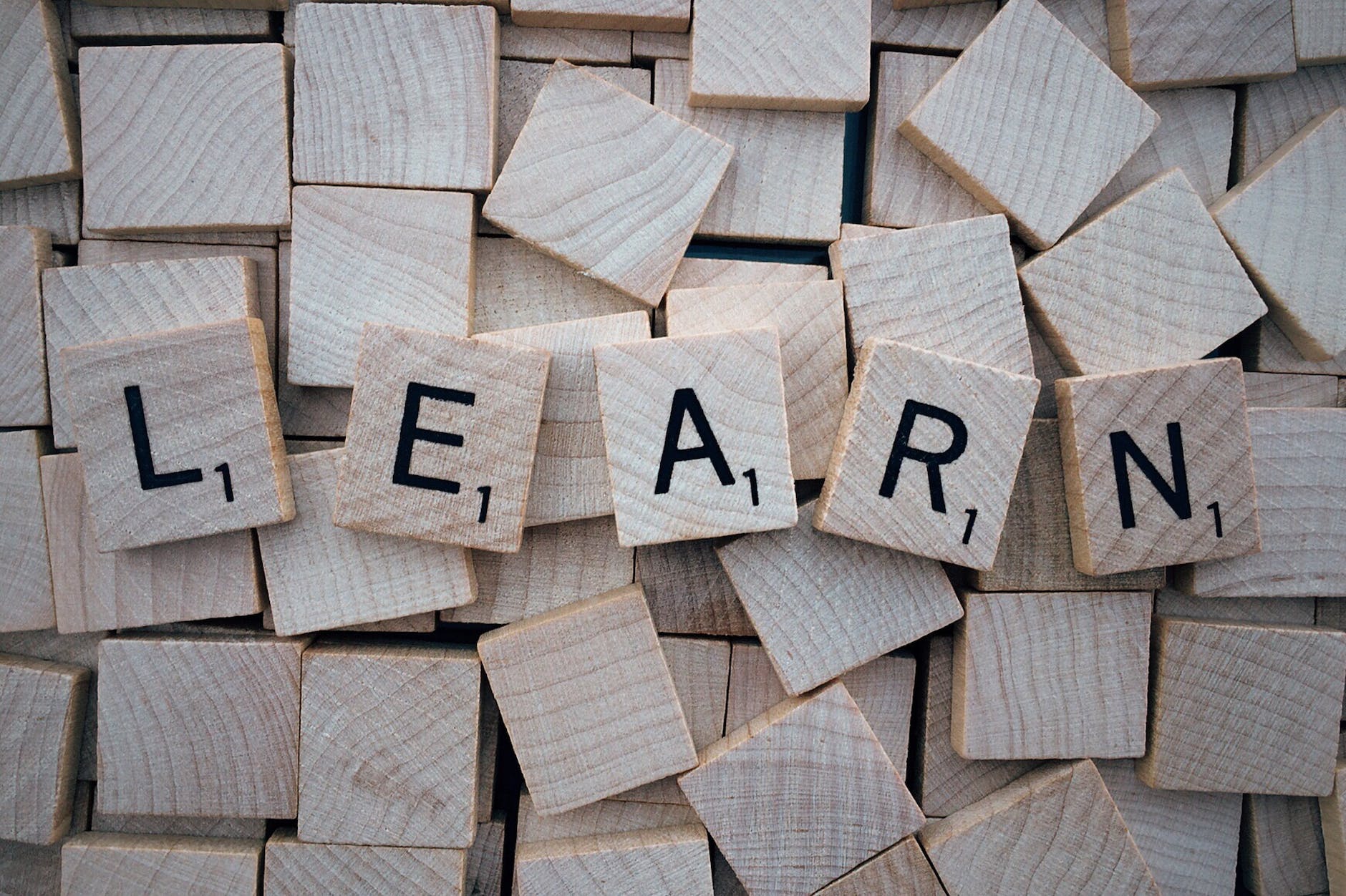6 Reasons Why Magnetic Tiles Are an Effective Teaching Tool for Children

|
Getting your Trinity Audio player ready...
|
I recently picked up Cossy Magnetic Tiles as a gift for my children. We have had a great time using them together. They are educational, fun, and engaging.
Below I highlight my top 7 reasons for loving these educational magnetic tiles.
1. Many kids naturally love magnets, so there is attraction and engagement right from the beginning.
2. The bright colors and smoothe texture make them naturally engaging as well.

The texture and feel make them a nice activity for students with visual impairments too.

3. Magnetic tiles are a great teaching supplement. Let’s look at how.
- You can use them to teach color recognition [e.g., put two tiles down red and green and say touch the red one, give me the red one, etc.; sort tiles into stacks by color (all the yellows together, all the reds together, etc.), you can make separate piles or stack them up like they did in the picture below]

- You can use them to teach shape recognition.
- For example, you could put two shapes down such as a square and triangle, and say “touch the square,” “pick up the triangle,” etc.
- You can sort tiles into stacks by shape, such as triangles, squares, and rectangles (which can be made from two squares).
- You can even make and teach about cubes, pyramids, and hexagons).


- You can use them to teach reading and spelling. Here are some examples:
- tape a letter onto each tile, say the letter sounds, ask the student to connect tiles to make a word (e.g., C A T becomes CAT).
- switch out a letter to change the word (e.g., CAT becomes BAT)
- rearrange the letters and have the child put them back in the correct order (A T C can be switched to C A T:




- You can use magnetic tiles to teach letter sounds as well (e.g., hand me the tile that makes the /c/ sound as in /c/-/c/-cat, run to the tile that makes the /b/ sound as in /b/ – /b/ – bat, etc.).
- You can use them to teach counting with one-to-one correspondence (e.g., let’s build a tower and count how many tiles we use) and to make numbers and letters (below a child made the number 13 as an example).

- You can use them to teach addition and subtraction (e.g., one square + two squares = three squares).
4. You can make an endless number of creations.
Some examples include houses, animal stables, pencil/jewelry holders, bridges, rockets, 3D shapes, etc.
Developing these creations is good for visual-spatial development, attention to task, and fine-motor skills (the use of the hand muscles to complete daily tasks).
Children can explore their creativity and practice using their imagination.
Make up your own creation, or build something from the guidebook that comes along with the set and teaches you how to make structures such as the ones below.

5. Research shows that completing puzzle-type projects are good for children’s confidence/self-esteem.
Magnetic tiles allow children to piece together designs at varying levels (from simple to difficult), making it easy for many children of differing ability levels to feel successful.
6. Children can use magnetic tiles to work as a team with someone else (e.g., parents, siblings, friends, counselor, etc.)
Working with educational toys, as a team with a partner, further develops a child’s language development, and self-esteem (as they feel success collaborating with another person).
I personally had a blast using these magnetic tiles with my kids on multiple occasions. We worked on math and reading skills.
We worked as a team, building together, creating architectural designs, and much more!
My children were also happy to use the magnets by themselves, so they are great as a team or independent project!
Research repeatedly shows the benefits of hands-on learning for all kids, and I personally think that magnetic tiles are a great addition to any home or school.
Education and Behavior – Keeping adults on the same page for kids!








